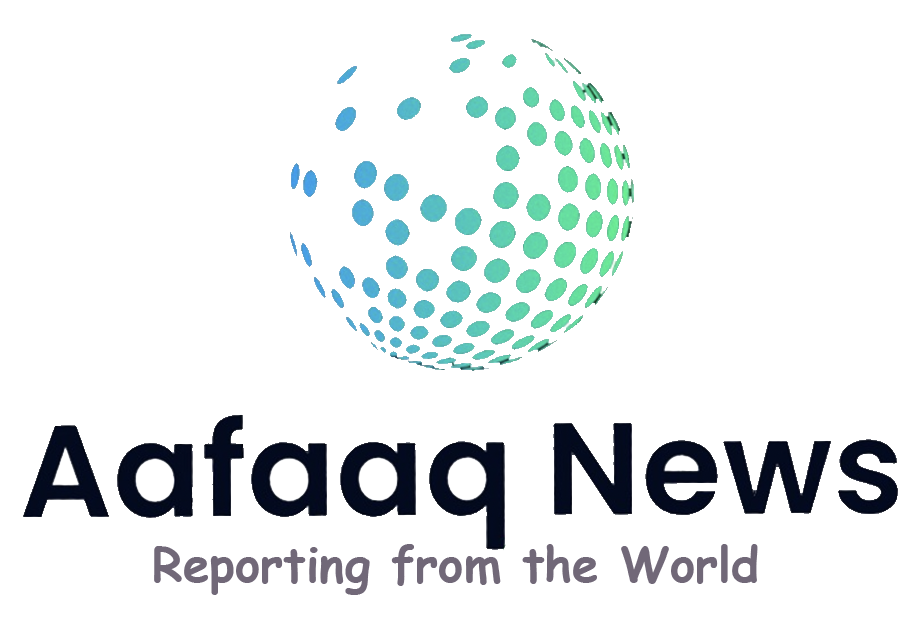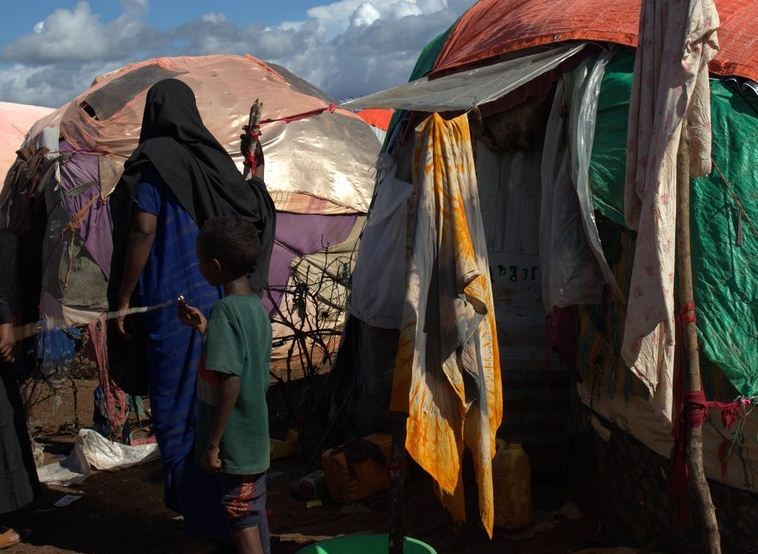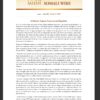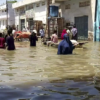In a recent announcement, the UN Office for the Coordination of Humanitarian Affairs (OCHA) revealed that nearly 7 million people in Somalia will require humanitarian assistance in 2024. This marks a 16 percent reduction from 2022, a testament to the efforts made to mitigate the crisis. However, the situation remains dire, with a total funding requirement of 1.7 billion U.S. dollars to aid 5.1 million individuals.
The OCHA’s latest report on the humanitarian action plan for Somalia in 2024 highlights both the progress made and the persistent challenges faced by the nation. While humanitarian assistance has averted more severe food security and nutrition outcomes in many areas, funding shortfalls across all sectors pose a significant challenge to the ongoing response efforts.
Somalia’s journey away from the brink of famine in late 2022 and early 2023 is commendable, yet approximately 4 million people still grapple with food insecurity, illustrating the enduring impact of decades-long conflict, military operations, and climatic shocks. The situation is further exacerbated by excessive seasonal rains, flash and riverine floods, leading to the loss of life, destruction of property, and an increase in the prevalence of water-borne diseases, particularly cholera.
This year’s extreme weather events can be attributed to a combination of El Nino conditions and a positive Indian Ocean Dipole phenomenon, illustrating the acute vulnerability of Somalia to the global climate crisis. With ongoing conflicts and climatic shocks displacing thousands of people every month, the nation faces a multifaceted challenge that demands urgent attention.
One of the report’s alarming revelations is that approximately 4 million people are internally displaced in Somalia due to the impact of climate change, conflict, insecurity, and other factors. This mass displacement not only exacerbates the overall crisis but also renders vulnerable populations, particularly women and girls, susceptible to gender-based violence. Limited access to basic services, including shelter and food, disrupts their ability to live in dignity.
Despite the challenges, humanitarian partners have reached about 8.4 million people with some form of assistance as of September. This underscores the resilience and dedication of aid organizations working in Somalia. However, sustained and increased support is crucial to address the remaining gaps and meet the needs of those still grappling with the consequences of conflict and climate-related disasters.
As the global community confronts the reality of a changing climate and the increasing frequency of extreme weather events, Somalia stands as a stark reminder of the human toll of these challenges. The call for action is clear: increased funding, collaboration, and a comprehensive strategy are imperative to alleviate the suffering of millions in Somalia and build resilience in the face of ongoing crises.
In short, the humanitarian crisis in Somalia requires not only immediate attention but sustained efforts to address the root causes of conflict, climate vulnerability, and displacement. The global community must unite to ensure that the people of Somalia receive the support they need to rebuild their lives and communities.
















